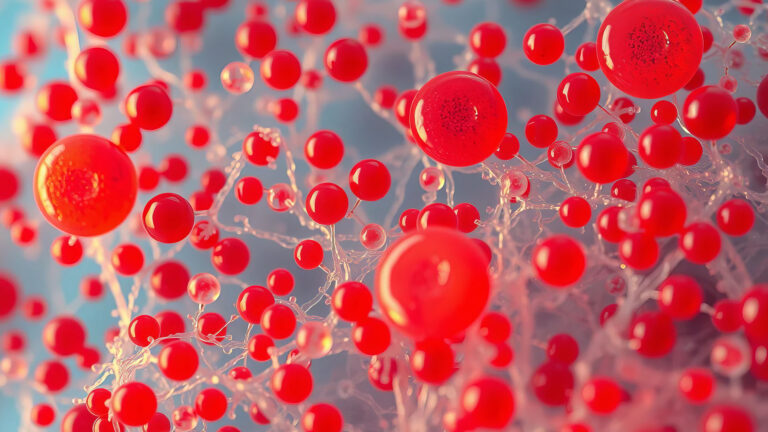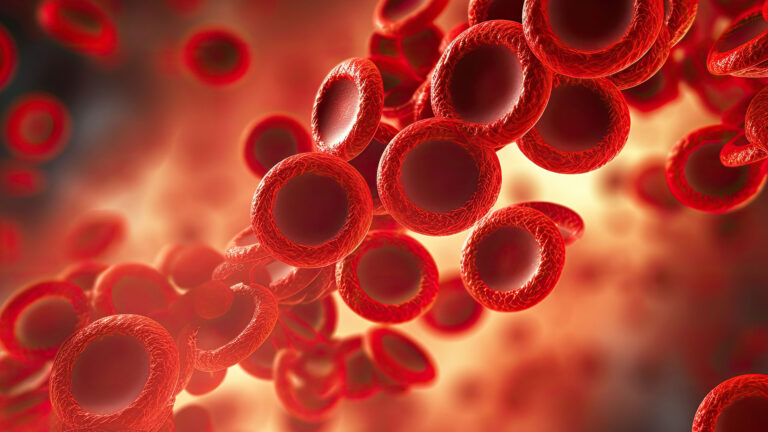What is PRP Therapy for joint pain?
Platelet-Rich Plasma (PRP) therapy is an innovative medical treatment that harnesses your body’s own healing power to address joint pain and injury. Think of it as giving your joints a concentrated dose of your body’s natural repair mechanisms.
During PRP therapy, a small amount of your blood is drawn and processed in a special centrifuge machine. This process separates and concentrates the platelets – the tiny blood cells responsible for clotting and healing. The resulting platelet-rich plasma contains growth factors and proteins that can accelerate tissue repair and reduce inflammation.
How Does PRP Work in Joints?
Your platelets are like tiny first-aid kits circulating in your bloodstream. When you have an injury, they rush to the site and release growth factors that:
- Stimulate the formation of new blood vessels
- Promote the growth of healthy tissue
- Reduce inflammation and pain
- Accelerate the body’s natural healing process
When this concentrated platelet solution is injected directly into an injured or arthritic joint, it delivers a powerful healing boost exactly where it’s needed most.
Conditions That May Benefit from PRP for Joint Pain
PRP therapy has shown promising results for various joint conditions, including:
Osteoarthritis: The most common form of arthritis, where cartilage breaks down over time. PRP may help slow this process and reduce pain.
Tendon Injuries: Such as tennis elbow, golfer’s elbow, or Achilles tendonitis, where PRP can promote tendon healing.
Ligament Injuries: Including partial tears or chronic instability issues.
Cartilage Damage: Minor tears or wear that haven’t responded to conservative treatment.
Chronic Joint Pain: Persistent discomfort that hasn’t improved with traditional treatments.
Key Advantages of PRP for Joint Pain
1. Natural and Safe
Since PRP uses your own blood, there’s virtually no risk of allergic reactions or disease transmission. Your body recognizes the treatment as its own, making it exceptionally safe.
2. Minimally Invasive
Unlike major surgery, PRP involves only a simple injection. Most patients can return to normal activities within a day or two, though your doctor may recommend avoiding strenuous exercise for a short period.
3. Reduced Need for Medications
Many patients experience significant pain relief from PRP, potentially reducing their dependence on pain medications, including opioids and anti-inflammatory drugs.
4. Long-lasting Results
While results vary by individual, many patients experience pain relief and improved function that can last 12-24 months or longer.
5. Avoids or Delays Surgery
For many patients, PRP therapy can provide sufficient relief to avoid more invasive procedures like joint replacement surgery, or at least delay such procedures for years.
6. Treats the Source
Rather than just masking symptoms, PRP therapy actually promotes healing and tissue repair, addressing the underlying problem.
7. Outpatient Procedure
The entire treatment can be completed in your doctor’s office in about an hour, with no hospital stay required.
What to Expect During PRP Treatment
Before the Procedure
Your healthcare provider will review your medical history and may recommend stopping certain medications (like anti-inflammatory drugs) that could interfere with the treatment’s effectiveness.
During the Procedure
- Blood Draw: About 30-60ml of blood is drawn from your arm (similar to routine lab work)
- Processing: Your blood is placed in a centrifuge for about 10-15 minutes to separate the platelets
- Preparation: The concentrated platelet-rich plasma is prepared for injection
- Injection: Using ultrasound or other imaging guidance, the PRP is precisely injected into the affected joint
After the Procedure
You may experience some soreness at the injection site for 24-48 hours. This is normal and actually indicates that the healing process has begun. Your doctor will provide specific post-treatment instructions.
Timeline for Results
Immediate (0-2 weeks): You may experience some initial soreness as your body begins the healing process.
Early Phase (2-6 weeks): Many patients begin to notice improvements in pain and mobility.
Peak Benefits (3-6 months): Maximum benefits are typically seen during this period, with continued improvement possible.
Long-term (6+ months): Results can continue to improve and may last 12-24 months or longer.
Is PRP Right for You?
PRP therapy may be an excellent option if you:
- Have chronic joint pain that hasn’t responded to conservative treatments
- Want to avoid or delay surgery
- Are looking for a natural treatment approach
- Have mild to moderate arthritis or joint damage
- Are unable to take certain pain medications due to side effects
Important Considerations
While PRP therapy offers many advantages, it’s important to have realistic expectations:
- Results vary from person to person
- Some patients may need multiple treatments for optimal results
- It may not be suitable for severe arthritis or advanced joint damage
- Insurance coverage varies, so check with your provider
Taking the Next Step
If you’re struggling with joint pain and traditional treatments haven’t provided adequate relief, PRP therapy could offer a promising path forward. The combination of safety, effectiveness, and minimal downtime makes it an attractive option for many patients seeking to return to their active lifestyles.
Consult with a qualified healthcare provider who specializes in regenerative medicine to determine if PRP therapy is appropriate for your specific condition. They can evaluate your individual case, explain the potential benefits and risks, and help you make an informed decision about your treatment options.
Remember, every patient’s journey is unique, and what works best for you depends on your specific condition, overall health, and treatment goals. With proper evaluation and treatment, PRP therapy may help you take a significant step toward reducing pain and improving your quality of life.
This information is for educational purposes only and should not replace professional medical advice. Always consult with your healthcare provider before making decisions about your treatment options.
Contact Us
Send us an email
Questions? Submit the contact form to get in touch with us or schedule an appointment.
-
PRF vs PRP: The Next Generation of Natural Healing is Here!
There’s now an even better version called PRF (Platelet-Rich Fibrin), and it’s like PRP’s upgraded, more powerful cousin.
-
Discover the Healing Power of PRP Therapy for Lower Back and Joint Pain
PRP Therapy for Lower Back and Joint Pain: A Natural Solution That Works
-
PRP Therapy for Back Pain: Frequently Asked Questions
We’ll answer the most frequently asked questions about PRP therapy and how it can help you reclaim a pain-free life.




